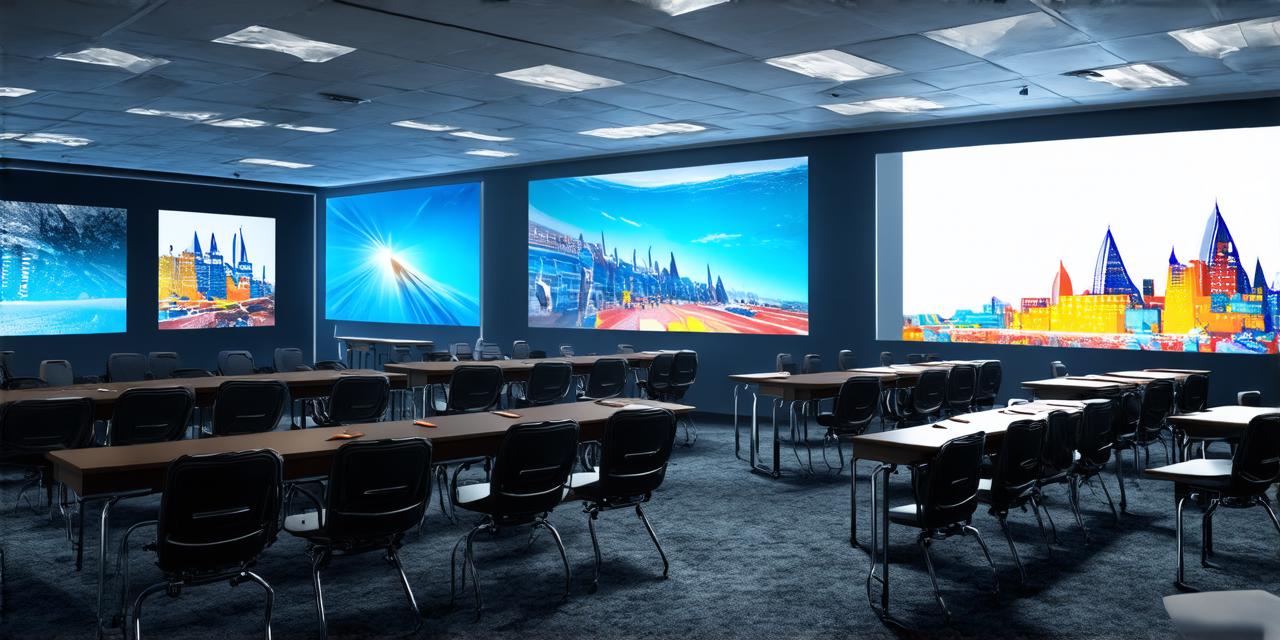Augmented reality (AR) and virtual reality (VR) are two terms that are often used interchangeably, but they actually refer to different types of immersive technology experiences. In this article, we will explore the key differences between AR and VR and how they differ in terms of their content, delivery, and user experience.
Content:
Virtual reality creates a completely artificial environment that is designed to simulate a real-world experience. It typically involves a head-mounted display (HMD) or headset that blocks out the real world and displays a 3D representation of a virtual environment. This can include anything from a simple game environment to a more complex simulation, such as a virtual tour of a museum or historical site.
Augmented reality, on the other hand, enhances the real-world environment with computer-generated graphics, sound, and other interactive elements. AR experiences typically involve the use of a smartphone or tablet, which captures the real world through its camera and overlays digital information onto that image. This can include anything from simple graphics or animations to more complex interactions, such as allowing users to try on clothes virtually or explore a 3D model of a product.
Delivery:
Virtual reality experiences are typically delivered through a dedicated VR headset, which requires a high level of technical expertise and specialized equipment. These headsets can be expensive and may require a powerful computer or gaming console to run.
Augmented reality experiences, on the other hand, can be accessed through a wide range of devices, including smartphones, tablets, and even laptops. These experiences are typically delivered through mobile apps or web browsers and do not require any specialized equipment.
User experience:
Virtual reality offers a highly immersive and interactive experience that can transport users into a completely artificial world. This can be a great way to escape the real world and explore new environments, but it can also be isolating and disorienting for some users.
Augmented reality offers a more balanced blend of the real and digital worlds, allowing users to interact with both while still remaining grounded in their physical surroundings. This can make AR experiences more accessible and user-friendly, as they do not require users to completely disconnect from the real world.

In conclusion, while virtual reality and augmented reality both offer immersive technology experiences, they differ significantly in terms of their content, delivery, and user experience. Virtual reality creates a completely artificial environment that can be isolating and disorienting for some users, while augmented reality enhances the real-world environment with interactive elements that are more accessible and user-friendly.



